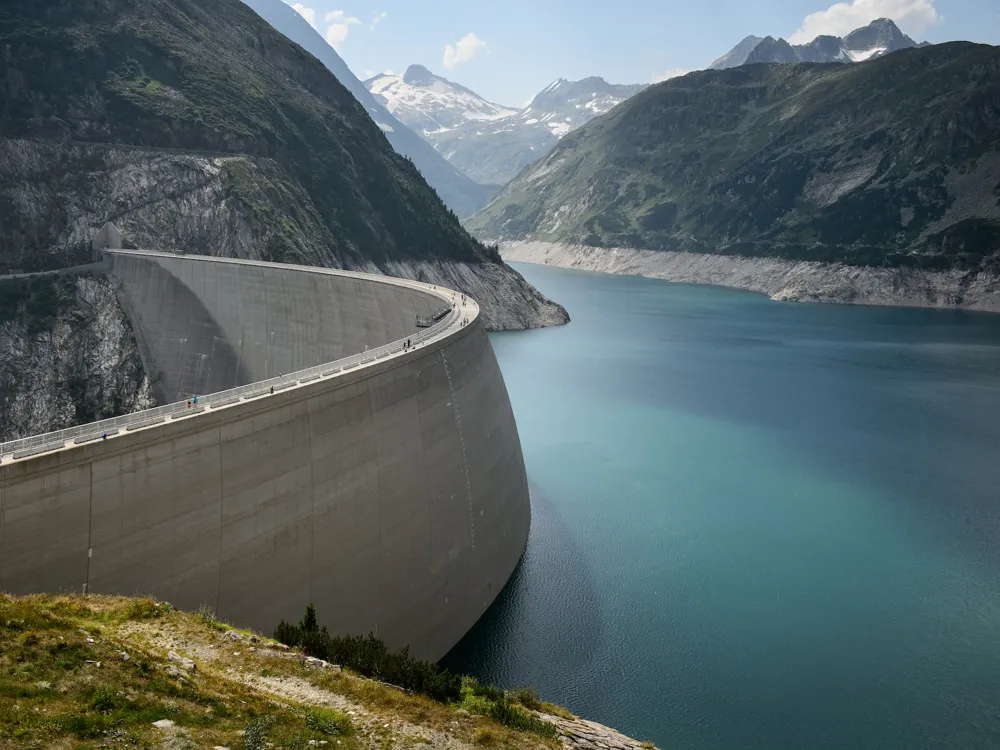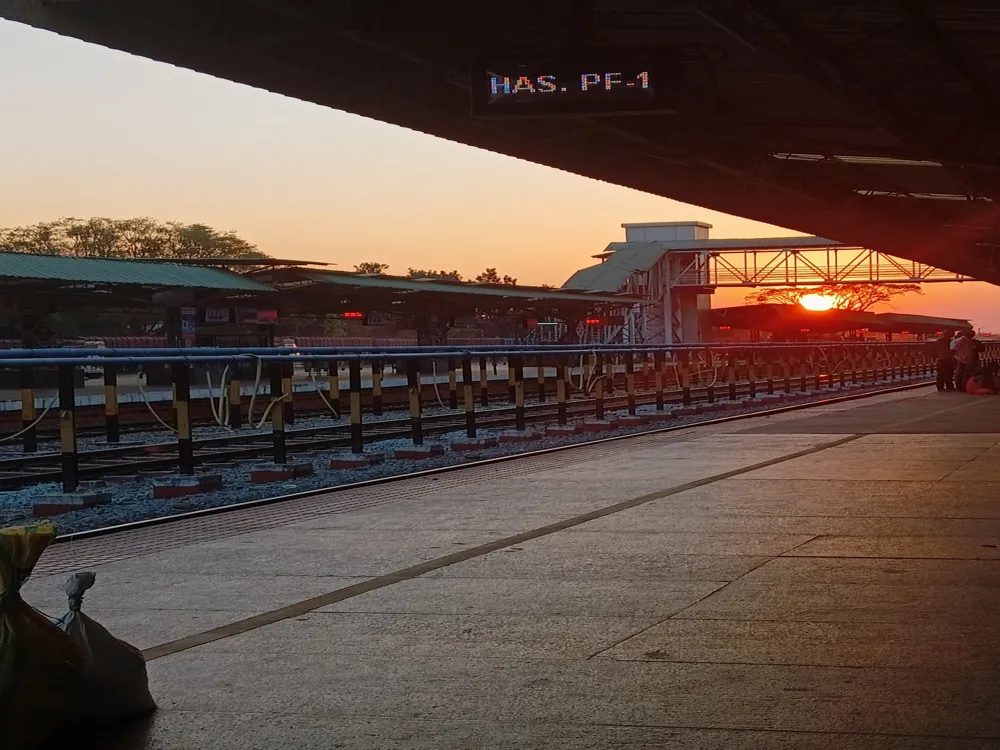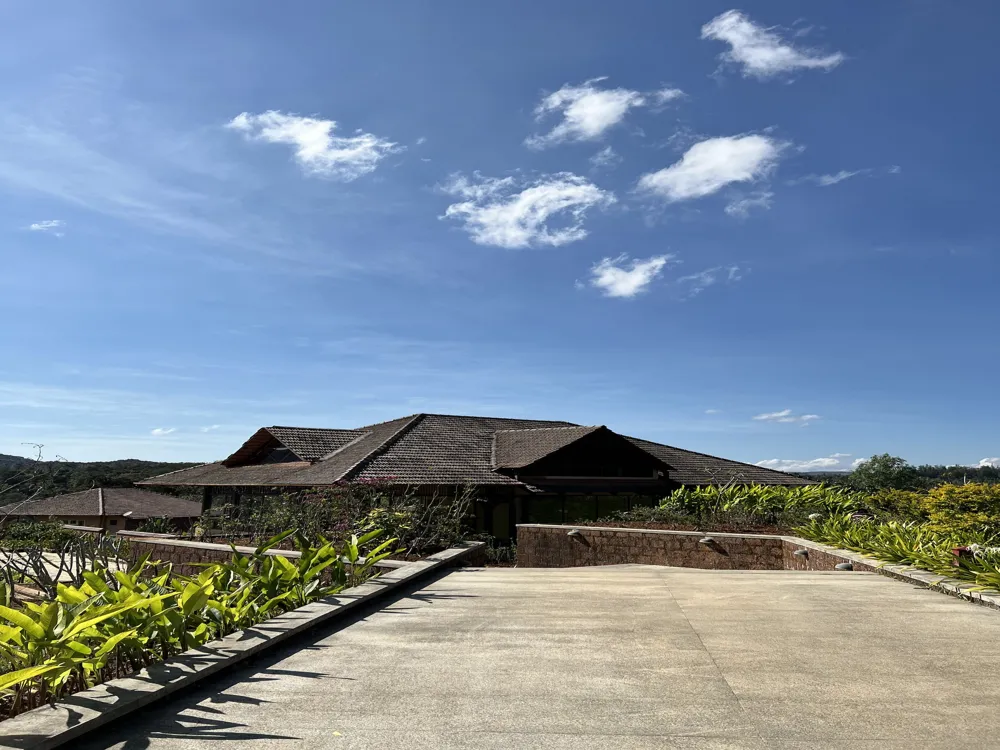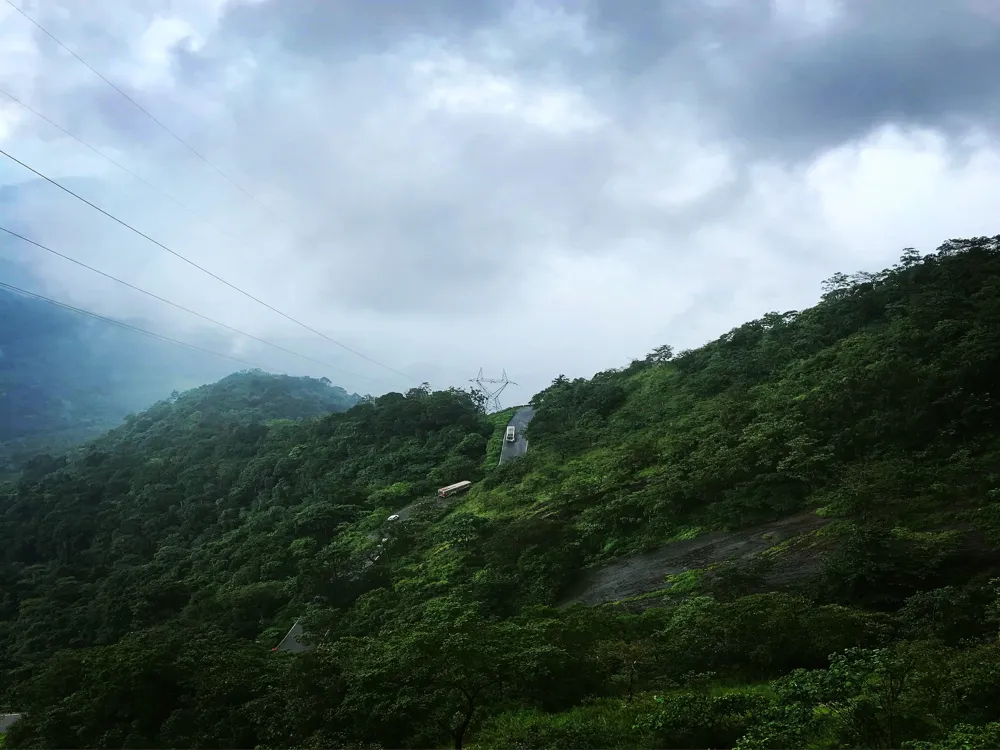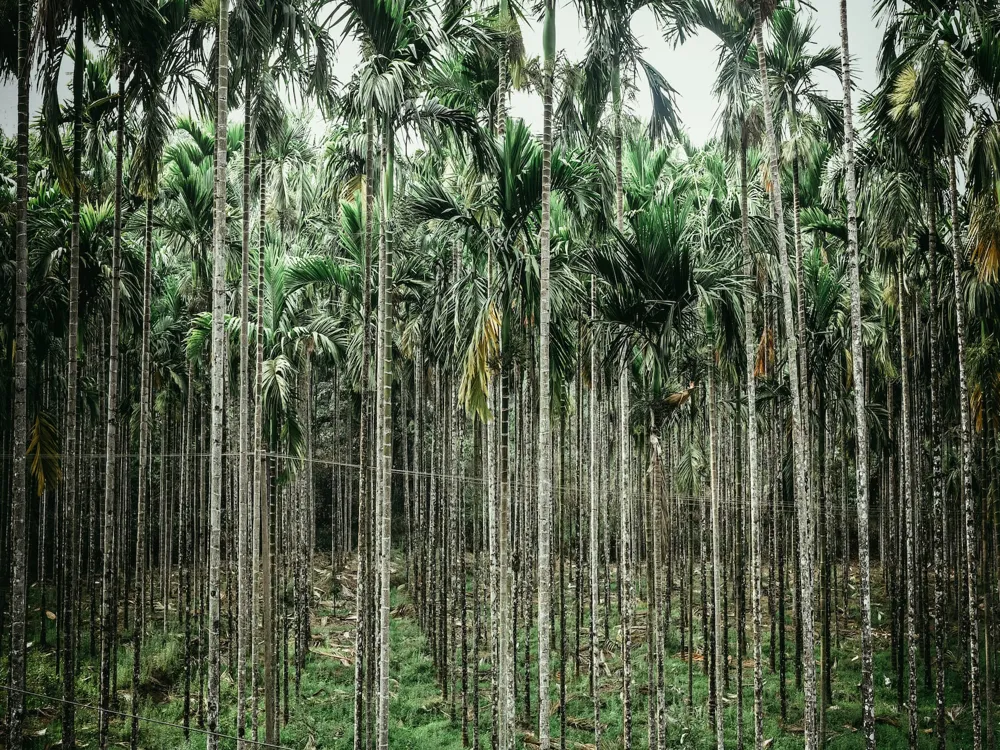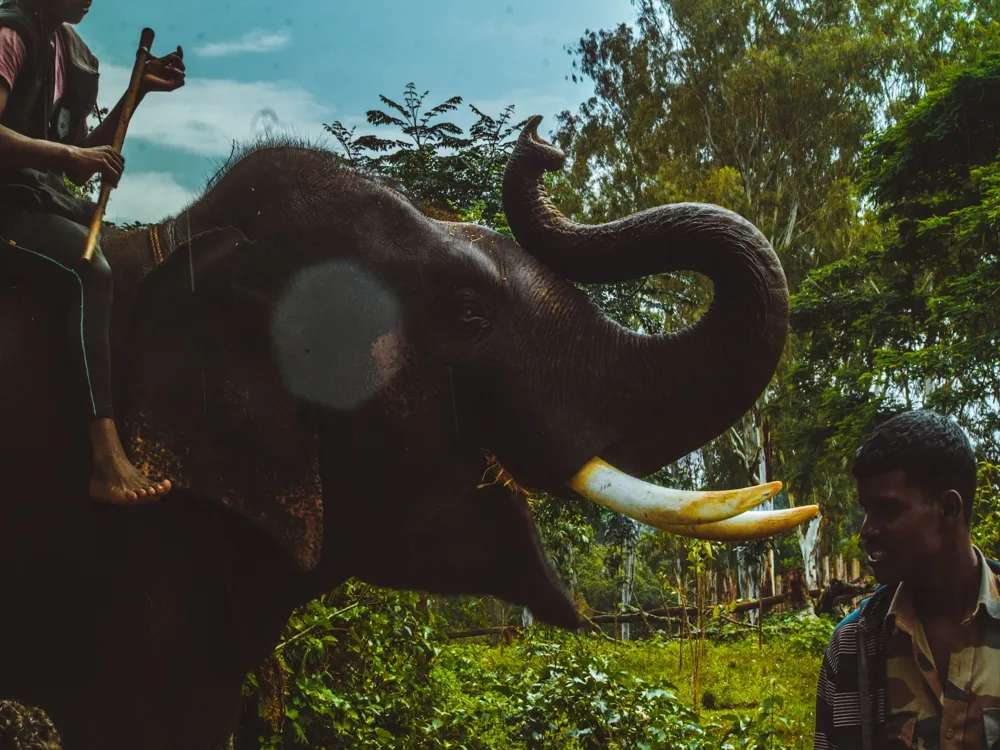The Hemavathi Reservoir, a significant man-made marvel, is situated in the Hassan district of Karnataka, India. Nestled amidst the lush landscapes of the state, this reservoir is not only a crucial source of water for irrigation and drinking purposes but also a growing tourist attraction, offering a serene and picturesque environment. The reservoir is formed by the Hemavathi River, a tributary of the Kaveri River, making it an integral part of the region's ecosystem and agricultural landscape. Beyond its functional role, the Hemavathi Reservoir is steeped in a rich history and cultural significance. The region surrounding the reservoir is known for its historical temples and rich architectural heritage, which dates back to the Hoysala Empire. This blend of natural beauty and historical significance makes the Hemavathi Reservoir a unique destination, attracting visitors who are interested in both nature and culture. Spanning a vast area, the reservoir is surrounded by a diverse array of flora and fauna, contributing to its scenic beauty. The tranquil waters, coupled with the greenery, provide a perfect backdrop for a variety of activities such as bird watching, photography, and picnicking. The monsoon season, in particular, sees the reservoir at its fullest and most vibrant, making it an ideal time for tourists to visit and experience its majestic beauty. The architecture of Hemavathi Reservoir is a testament to modern engineering and planning. Constructed in the late 20th century, the reservoir was designed with the dual purpose of providing water for irrigation and preventing floods in the region. The dam associated with the reservoir is a gravity dam, which means it relies on its weight and the force of gravity to hold back the water. This type of dam is known for its durability and efficiency, making it a popular choice for large-scale water conservation projects like Hemavathi. The Hemavathi Dam is an impressive structure, showcasing the advancements in dam construction technologies. It spans a considerable length and height, capable of storing a vast volume of water. The design of the dam incorporates several spillways to manage the water flow, especially during the rainy season, thus ensuring safety and sustainability. The intricate network of canals and channels stemming from the reservoir illustrates the thoughtful planning that went into maximizing the utility of the dam for irrigation purposes. Furthermore, the architecture of Hemavathi Reservoir takes into account environmental considerations. The design was crafted to minimize the ecological impact, preserving the natural habitats and biodiversity of the region. Efforts were made to ensure that the construction of the dam and the subsequent formation of the reservoir would harmonize with the surrounding ecosystem, rather than disrupt it. The ideal time to visit the Hemavathi Reservoir is during the monsoon and post-monsoon months, from July to November. During this period, the reservoir is at its fullest, and the surrounding landscapes are lush and green, offering breathtaking views and a pleasant climate. Visitors should adhere to safety guidelines, especially near the water. It's advised to avoid swimming in the reservoir and to stay within designated areas to ensure safety. Also, be mindful of the local wildlife and maintain a safe distance. The reservoir's picturesque scenery makes it an excellent spot for photography enthusiasts. Bird watchers can also find a variety of species, especially during the migratory season. Carrying binoculars and cameras is recommended for a fulfilling experience. Reaching Hemavathi Reservoir is convenient, as it is well-connected by road to major cities in Karnataka. The nearest city, Hassan, is the most common base for visitors. From Hassan, one can hire a taxi or take a bus to reach the reservoir. For those traveling by air, the nearest airport is in Bengaluru, from where you can rent a car or take a bus to Hassan. The journey is scenic, offering glimpses of Karnataka's countryside. Read More:Overview of Hemavathi Reservoir in Hassan, Karnataka
Architecture of Hemavathi Reservoir
Tips When Visiting Hemavathi Reservoir
Best Time to Visit
Safety Precautions
Photography and Bird Watching
How To Reach Hemavathi Reservoir
Hemavathi Reservoir
Hassan
Karnataka
NaN onwards
View hassan Packages
Hassan Travel Packages
View All Packages For Hassan
Top Hotel Collections for Hassan

Private Pool

Luxury Hotels

5-Star Hotels

Pet Friendly
Top Hotels Near Hassan
Other Top Ranking Places In Hassan
View All Places To Visit In hassan
View hassan Packages
Hassan Travel Packages
View All Packages For Hassan
Top Hotel Collections for Hassan

Private Pool

Luxury Hotels

5-Star Hotels

Pet Friendly










